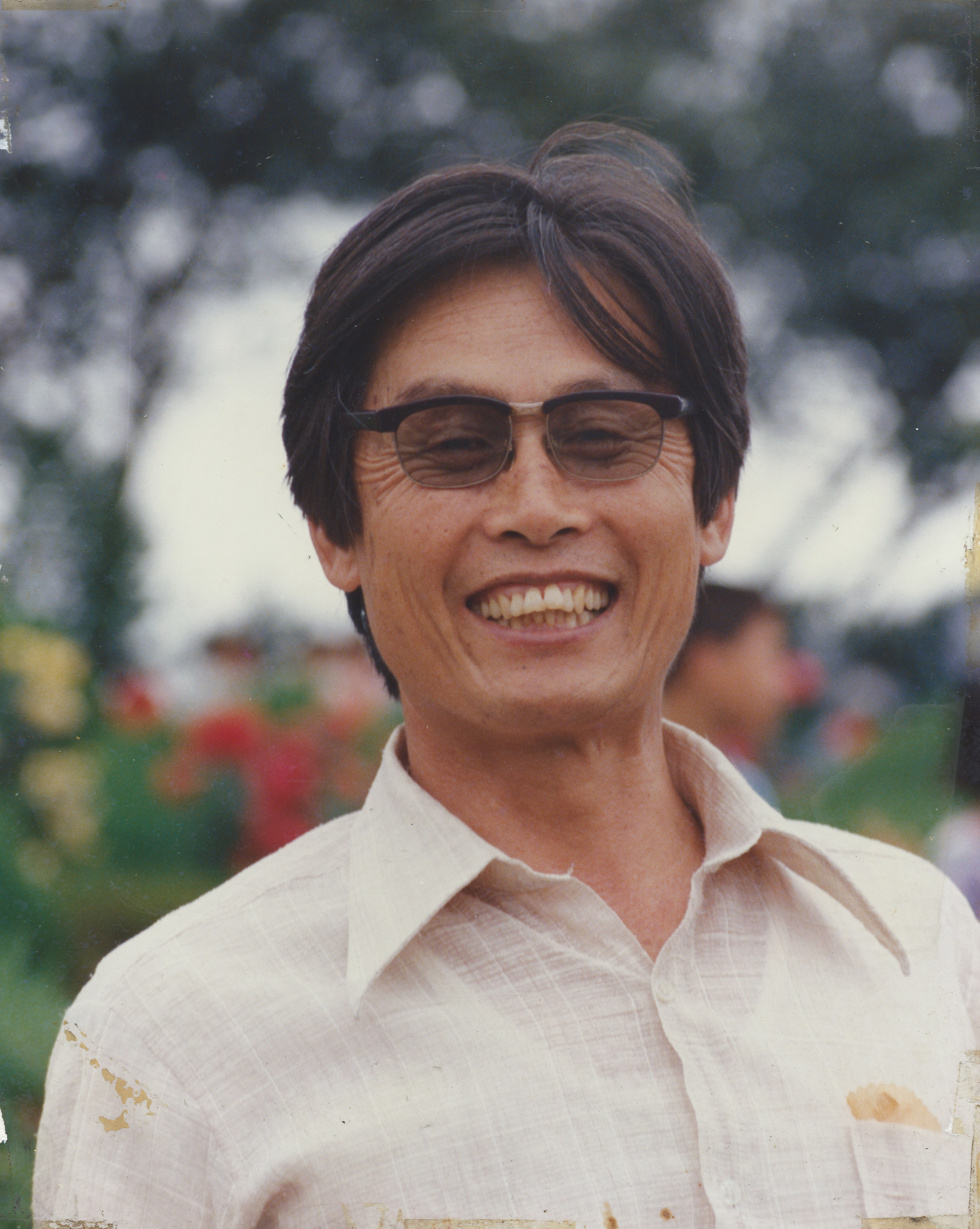반응형
Odaesan, also known as Mount Odae-san or Mount Odae (Korean: 오대산; Hanja: 五臺山), is a major cluster of mountains and national park in eastern Gangwon Province, South Korea, standing at the junction of Gangneung City, Pyeongchang County and Hongcheon County. It stands at the junction of the Taebaek Mountains and the Charyeong Mountains, a spur range stretching to the west and serving to divide the South Han River / Namhan River from the North Han River / Bukhan River. It stands just to the south of Seoraksan and north of Dutasan along the Baekdudaegan Mountain-system mainline, the range of granite peaks that make up the symbolic spine of the Korean Peninsula, but its peaks are more rounded and forested than most. National Highway 6 runs through the park, between the south main-entrance and the northeast corner descending to the east coast. It contain five main peaks surrounding a deep main valley running north to south, and several other subsidiary peaks, such as Noin-bong (see Attractions below), with gorges between, a watershed forming a river leaving this area to the south. Just outside the western boundary of the national park area, another mountain Gyebang-san rises to 1,577 m (5,174 ft), higher than conventional Odae-san's summit, and they are connected by a 10 km long ridge; it is controversial whether or not to include this within the cluster or consider it as separate.
.
The #Odaesan mountains are a famous site for tourism and the practice of, and pilgrimage for, Korean Buddhism. The five main peaks were the reason for granting its name 五臺山 or "Five Platforms Mountains" (or terraces, cliff-tops; a "platform" being the base-table on which a Buddha statue sits, and on which a master sits upon to give formal lectures. These five lofty peaks are conceived of as five base-tables on which each of the five most important cosmic Buddhas of Mahayana Buddhism sit, teaching the world). This name was borrowed from China's famous Wutaishan. The peaks were named after the Buddha who was believed to have sat on them, and also by their relative positions according to the Chinese "Five Directions" (a factor of the Wuxing (Chinese philosophy) system). The highest summit, with elevation of 1,563 m (5,128 ft), is named Biro-bong (Korean: 비로봉; Hanja: 毘盧峰) "Vairocana Peak", and also Jungdae-bong (Korean: 중대봉; Hanja: 中臺峰) "Central Platform Peak". There are then also the South, North, West and East Platform Peaks, each having their own designated Buddha and with hermitages on their slopes dedicated to particular Bodhisattvas.
.
It is said that there are no steep or high mountainsides in Mt. Odae, and so there is no risk of avalanche even if the snow is heavy in winter. The northeast arm of the national park begins at #Noinbong (Korean: 노인봉; Hanja: 老人峰) "Elderly Person [Grandfather] Peak"), and soars 1,338 m (4,390 ft) above Highway 6. From Noinbong flows the long, beautiful waterfall-gorge #Sogeumgang Valley (Korean: 소금강계곡; Hanja: 小金剛溪谷) or "Minor Diamond Scenic-Gorge" to the northeast until exiting at the northern tip of Gangneung City. Sogeumgang Valley is compared to a beautiful sector of the famous Kumgangsan (Geumgang-san) or "Diamond Mountains" of North Korea. It includes the Guryong Falls or "Nine Dragons Waterfalls", and the Cheonghak-dong or "Azure-Cranes Village" area of high, steep cliffs. This rocky gorge is renowned for its captivating natural features and is a favorite for hikers. Legend tells that "Yulgok" Yi I granted its name in the 1500s. In the center resides a small Buddhist temple named Geumgang-sa or "Diamond Temple".
.
+++































































































































































































































반응형
